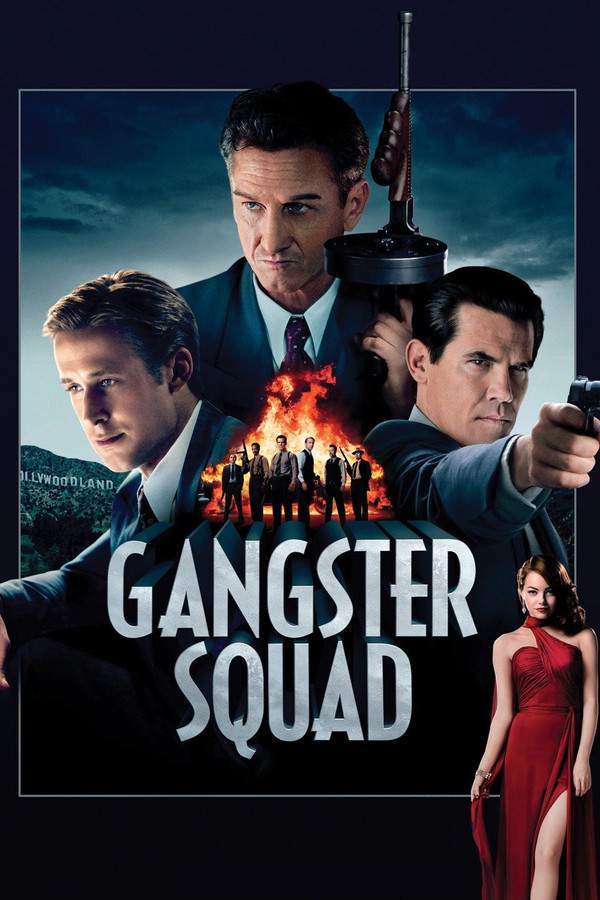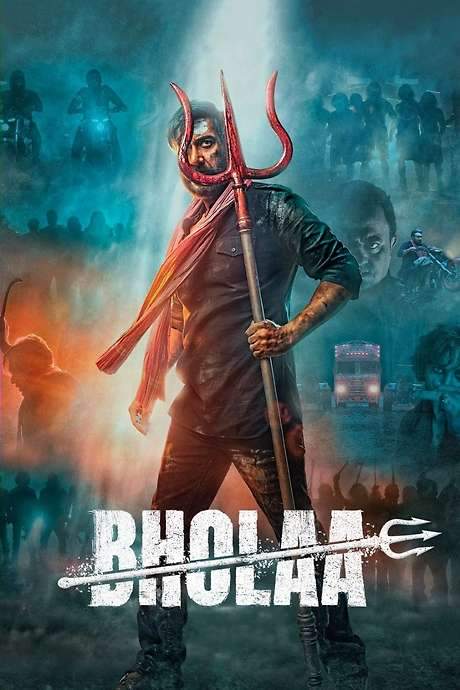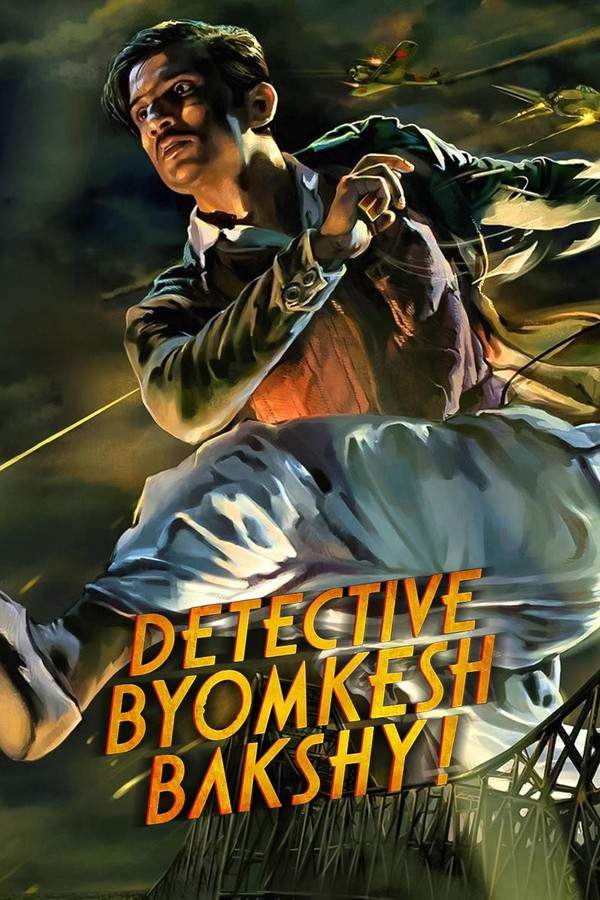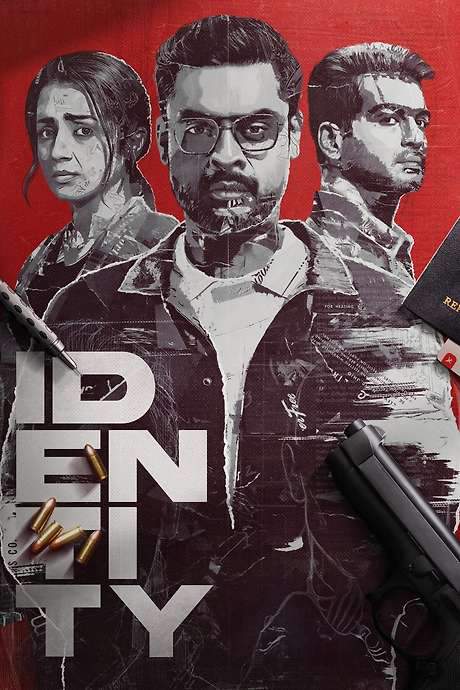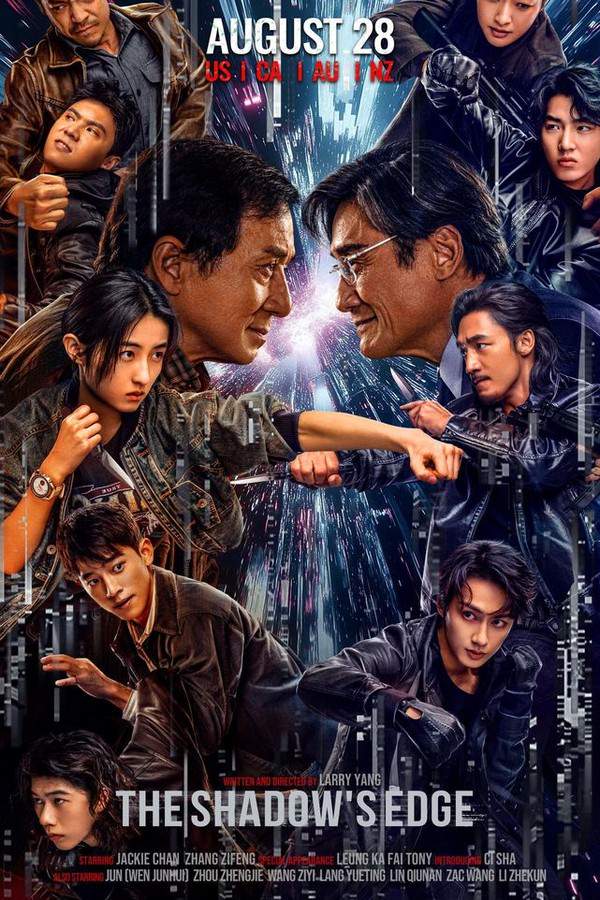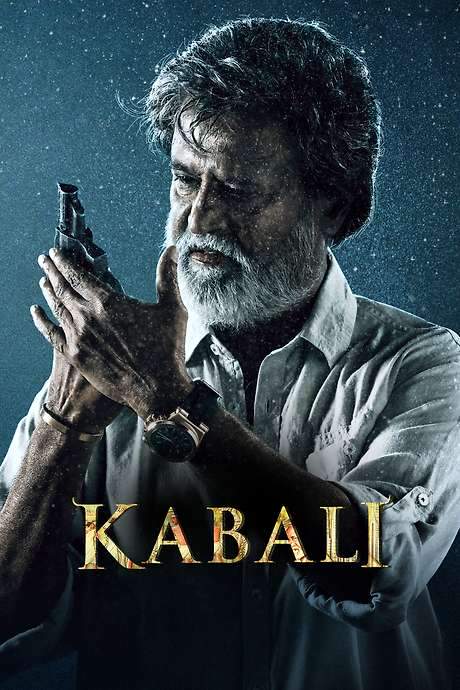
Kabali
Year: 2016
Runtime: 150 mins
Language: Tamil
Director: Pa. Ranjith
A gangster in Malaysia goes in search of his family after 25 years of imprisonment.
Warning: spoilers below!
Haven’t seen Kabali yet? This summary contains major spoilers. Bookmark the page, watch the movie, and come back for the full breakdown. If you're ready, scroll on and relive the story!
Kabali (2016) – Full Plot Summary & Ending Explained
Read the complete plot breakdown of Kabali (2016), including all key story events, major twists, and the ending explained in detail. Discover what really happened—and what it all means.
Kabaleeswaran alias Kabali, a Kuala Lumpur–based gangster, walks free after 25 years in prison on a false charge of starting a massacre at a local temple that killed many, including his wife Kumudhavalli. The release sets him back into a world that has moved on without him, and the weight of the past collars him as he navigates a present ruled by the street’s rules and loyalties. Kabali Rajinikanth steps back into the city with a calm fury, determined to understand what really happened to the people he cared about and to reclaim the life that was taken from him.
On the streets, Kabali rekindles ties with his old ally John Vijay Ameer and discovers the remnants of his former gang—Tony Lee, Veerasekaran alias Veera, Loga, and Seeni—whose fates have become tangled with the underworld now far more ruthless and organized. The fragile reunion is tinged with old resentments as Loga Loganathan’s warning—if his wife were alive, Veera would have sold her for prostitution—hits Kabali with the brutal truth that his personal losses are still being weaponized by the men who betrayed him. The recollection of Kumudha’s supposed death haunts Kabali and, in a twist of fate, sows the seeds of a new, personal reckoning.
A brutal assassination attempt by Tamizh Kumaran alias Kumaran, whose father Tamilmaaran was killed by Kabali when Kumaran was only a child, tests Kabali’s resolve and sanity. Tamizh Kumaran—the man who would become a thorn in Kabali’s side—survives only to confront Kabali again, and the next day, their paths cross at a function run by the Free Life Foundation School, a project started by Kabali and Ameer to steer youths away from crime. There, Kabali uses a public moment to reflect on a recurring theme: the Tamil community’s “crabs in the bucket mentality” that he believes feeds their cycles of downfall and retribution.
In the backstory, Kabali’s ascent flows from the shadow of Tamilnesan, a Tamil gangster who fought for his people’s rights. Tamilnesan’s death at the hands of Veera, a member of his own crew who disapproved of his methods, sets Kabali on a path of leadership. Kabali’s decision to take charge after Tamilnesan’s death was contested by Veera, who believed Tamilnesan’s son should lead. The tension erupts at a temple function in Madurai, where a truce tentatively offered by Tamilmaaran collapses into violence: Kabali is brutally attacked, and Kumudha is shot and seemingly killed by Tony Lee. In the aftermath, Kabali is arrested on the false charge of instigating the massacre.
In the present, Kumaran confronts his past and learns the truth from Kabali’s oratory, realizing the depth of his mistake. He explains that Velu, a key figure present at the temple massacre, knows what happened to Kumudha. Kabali then travels to Thailand in search of Velu, hoping to uncover what became of his family. There, he encounters Yogi, a contract killer hired by Veera and Tony Lee. Yogi eliminates Seeni and his men, but in a surprising turn, she reveals herself as Kabali’s daughter, raised by Velu. This revelation adds a bitter layer to Kabali’s mission: the violence of his world is not just about revenge, but about the fate of a kinship he never fully understood.
A turning point arrives when Tony Lee’s henchman shoots Kabali, who is rushed to the hospital. Upon recovery, Kabali issues a direct warning to Tony Lee: the hunter has become the hunted. Yogi, now a bridge to Kabali’s family, informs him that Kumudha is alive and living with a French family in Puducherry. Kabali, Yogi, Kumaran, and a small band set out for Puducherry, where after days of searching they finally reunite with Kumudha. The emotional reconnection deepens Kabali’s resolve to dismantle the gang’s power and protect his family at every turn.
Back in Kuala Lumpur, the landscape shifts again. Ameer is severely injured in a car accident that Tony Lee’s crew orchestrates, Jeeva—one of Veera’s men—has been brutally dismembered for refusing to join Gang 43, and the Free Life Foundation School lies in ruins. With his family now safe, Kabali resolves to end Veera and Tony Lee’s hold on the city. He makes a bold appearance at Ang Lee’s 100th birthday party, a public stage that allows him to expose Gang 43’s corruption by tipping off the police. The move cripples the gang’s operations, and Kabali systematically eliminates Veera, igniting a gang war with Tony Lee’s faction.
The battle reaches a tense crescendo as Kabali and his allies—now aided by Yogi and Kumaran—press the assault on Tony’s men. In a final confrontation, Kabali corners Tony Lee and shoots him, ending a long chapter of vengeance that has haunted him since his release. Months later, a peaceful, almost ceremonial gathering organized by the Free Life Foundation marks a fragile attempt at closure, but a chilling moment disrupts the calm. Tiger, a volatile young ex-student of the Free Life program, strides toward Kabali and speaks to the police, a prelude to danger. The scene cuts to black with the sound of a gun clicking and a shot rang out, leaving the ending fraught with ambiguity and the implication that Kabali’s war may be far from over.
Throughout this saga, the movie blends memory and motive, tracing Kabali’s arc from a haunted prisoner to a man who rebuilds a family and a community under siege. The narrative threads link back to the crew Kabali once led and the new, younger forces that threaten to rewrite the city’s balance of power. In every turn, Kabali remains driven by a sense of justice, loyalty, and a stubborn commitment to protecting those he loves, even as the line between protector and predator grows increasingly blurred. The film ultimately presents a portrait of a man shaped by loss, who returns not merely to reclaim his past, but to redefine the future for his kin and the wider community he once fought to guard.
Last Updated: October 03, 2025 at 06:46
Explore Movie Threads
Discover curated groups of movies connected by mood, themes, and story style. Browse collections built around emotion, atmosphere, and narrative focus to easily find films that match what you feel like watching right now.
Gangster Epics of Revenge and Redemption like Kabali
A gritty saga of a powerful figure returning to reclaim their shattered world.If you liked the high-intensity revenge story of Kabali, you'll find more movies like it here. This section features similar gangster epics and crime dramas where a powerful figure returns from exile to reclaim their empire and reunite with a fractured family, all set against a gritty, atmospheric backdrop.
Narrative Summary
The narrative typically follows a linear yet emotionally charged arc: the protagonist's release or return, their confrontation with a changed world and new rivals, the gradual assembly of loyal allies, and a final, explosive showdown. Underpinning the action is a deep emotional core focused on loss, the passage of time, and the possibility of personal redemption.
Why These Movies?
Movies in this thread share a specific blend of high-intensity action, a tense and melancholic tone, and a heavy emotional weight driven by themes of vengeance, family, and moral ambiguity. The pacing is often fast, propelling the character through a series of consequential events towards an uncertain resolution.
Atmospheric and Tense Crime Thrillers like Kabali
Thrillers steeped in a gritty, oppressive mood where every moment feels dangerous.Looking for movies with a similar tense and gritty atmosphere as Kabali? This collection features crime thrillers known for their oppressive mood, high stakes, and atmospheric settings. If you enjoyed the constant suspense and melancholic vibe of Kabali, explore these similar stories.
Narrative Summary
The plots often involve a protagonist navigating a corrupt and hostile world, where alliances are fragile and violence is a constant threat. The narrative builds suspense through a series of close calls, betrayals, and confrontations, all while maintaining a heavy, melancholic atmosphere that reflects the moral gray areas of the criminal underworld.
Why These Movies?
These films are grouped by their shared immersive and oppressive vibe. They prioritize a specific feeling of sustained tension and gritty realism, often achieved through a fast pace, high emotional weight, and an ambiguous ending that leaves the cycle of violence unresolved.
Unlock the Full Story of Kabali
Don't stop at just watching — explore Kabali in full detail. From the complete plot summary and scene-by-scene timeline to character breakdowns, thematic analysis, and a deep dive into the ending — every page helps you truly understand what Kabali is all about. Plus, discover what's next after the movie.
Kabali Timeline
Track the full timeline of Kabali with every major event arranged chronologically. Perfect for decoding non-linear storytelling, flashbacks, or parallel narratives with a clear scene-by-scene breakdown.

Characters, Settings & Themes in Kabali
Discover the characters, locations, and core themes that shape Kabali. Get insights into symbolic elements, setting significance, and deeper narrative meaning — ideal for thematic analysis and movie breakdowns.

Kabali Spoiler-Free Summary
Get a quick, spoiler-free overview of Kabali that covers the main plot points and key details without revealing any major twists or spoilers. Perfect for those who want to know what to expect before diving in.

More About Kabali
Visit What's After the Movie to explore more about Kabali: box office results, cast and crew info, production details, post-credit scenes, and external links — all in one place for movie fans and researchers.


